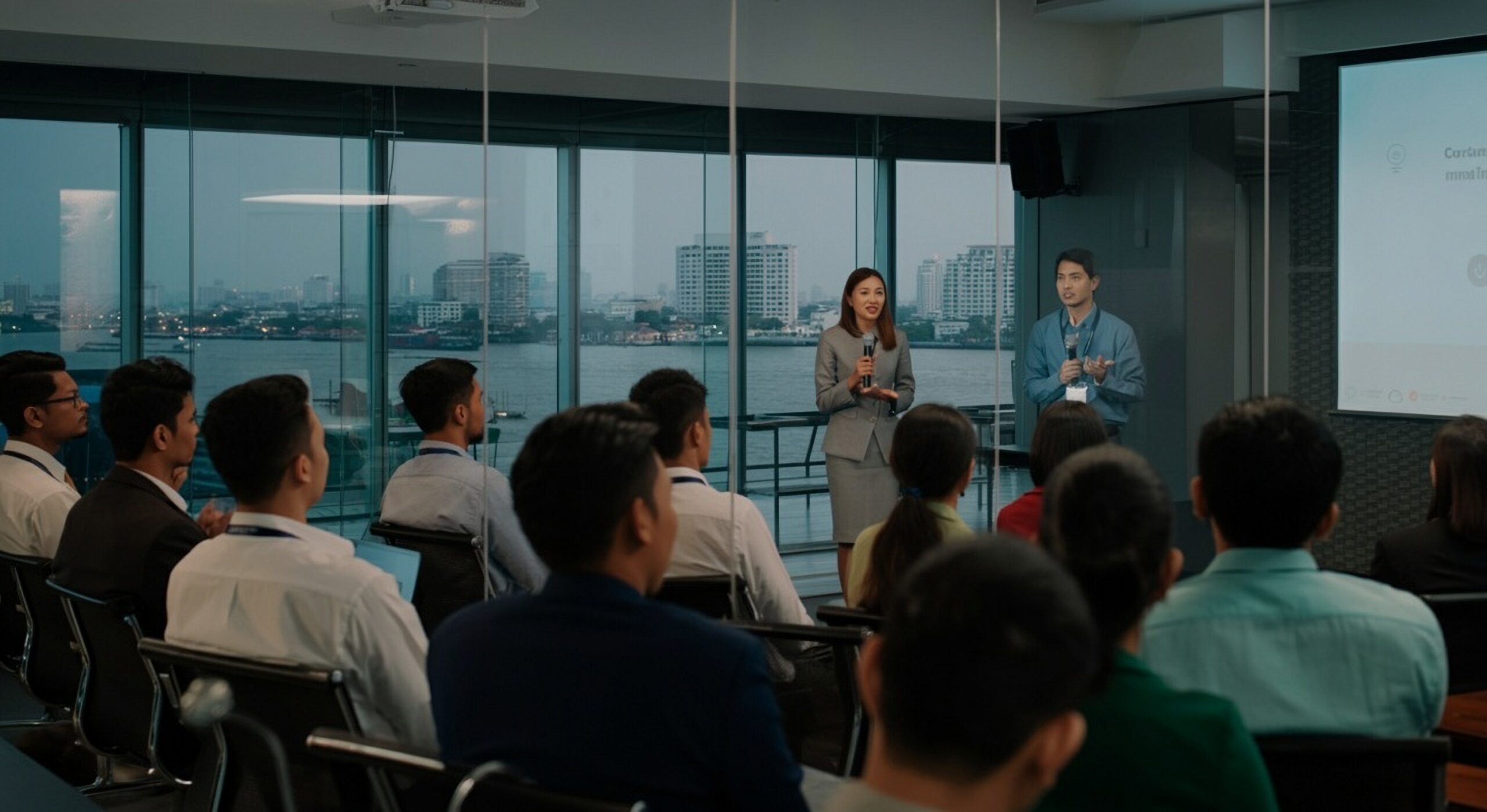The world of work is changing rapidly and will change even further in the future. On the other hand, the evolution of human resources (HR) has no signs of slowing down.
With all these changes, HR must learn to change quickly to support the organization and serve employees. But what do HR departments need to know about their future? Here are some strategies to help make the transition.
How should HR prepare for the future?
Out with the old, in with the new
The above phrase means to “move forward.” It suggests that moving forward comes with replacing old habits with new ones. Like, the way you assess applicants, among others, must be altered.
If you’re still using the traditional form of assessment—paper-and-pencil tests—you’re getting left behind in a world of ever-changing technology. Why? Because this kind of test becomes out of touch.
More and more companies have turned to online assessments after realizing they need to hire from the candidate’s perspective in an increasingly candidate-centric labor market. Exam candidates prefer to work on a computer in a way they are familiar with, rather than pen and paper.
None of us like to feel strained or stressed out. Online assessments support an easy-to-use interface for not only the test takers but also the conductors. In addition, the ability to generate immediate results is a sought-after feature that saves time and money.
What if I tell you a solution to your recruiting struggles is only a call or an email away? Will you believe me? But before you do, educate yourself first about online assessments and how it works.
Focus on People
Embracing technology doesn’t mean taking humans out of the equation. More often than not, people have to be at the forefront regarding organizational priorities.
For too long, employee engagement and wellness is not an integral part of the business strategy but HR responsibilities. However, it is increasingly apparent that unhealthy and unengaged employees drag down productivity, innovation, and the bottom line.
An announcement released by Gallup in 2018 said that employee engagement in the US had ticked up to 34 percent, tying its highest level since the American analytics and advisory company began reporting the national figure in 2000.
And a recent study by the People Management Association of the Philippines, in partnership with Investing in Women and the Australian government, suggests employees work better in family-responsive workplaces.
The 21st-century workforce, Gallup added, expects to have a manager who coaches them based on their strengths—this growing awareness and action of many workplaces likely explain the gradual shift upward in the percentage of engaged workers.
With the war for talent heating up, HR managers need to give workers a reason to come to work for them.
Be certified, be in the know
What worked before might not work today. HR is something that keeps on changing with time and technology and is also the reason why people in such a field must also need to expand their knowledge for both traditional tasks and overall business strategy.
HR began in the 1930s–40s and focused on the administrative systems of work—managing the processes, terms and conditions, or labor contracts. It then began to shift to a set of HR practices, and a lot of focus was on staffing, training, and compensation. In the last two decades, they are also part of strategies.
According to Management Coach Dave Ulrich, the next step in HR is to go outside—not just look at strategy as a mirror but as a window.
How? Start with taking certification programs and courses under People Dynamics.
Conclusion
As company leadership adjusts their management styles t to better align with modern-day trends, human resources need to keep up.
Sometimes, we need to embrace new and unfamiliar things as we cannot maintain progress using the same old mindset.
Comment down below your thoughts in relation to the future of HR.




